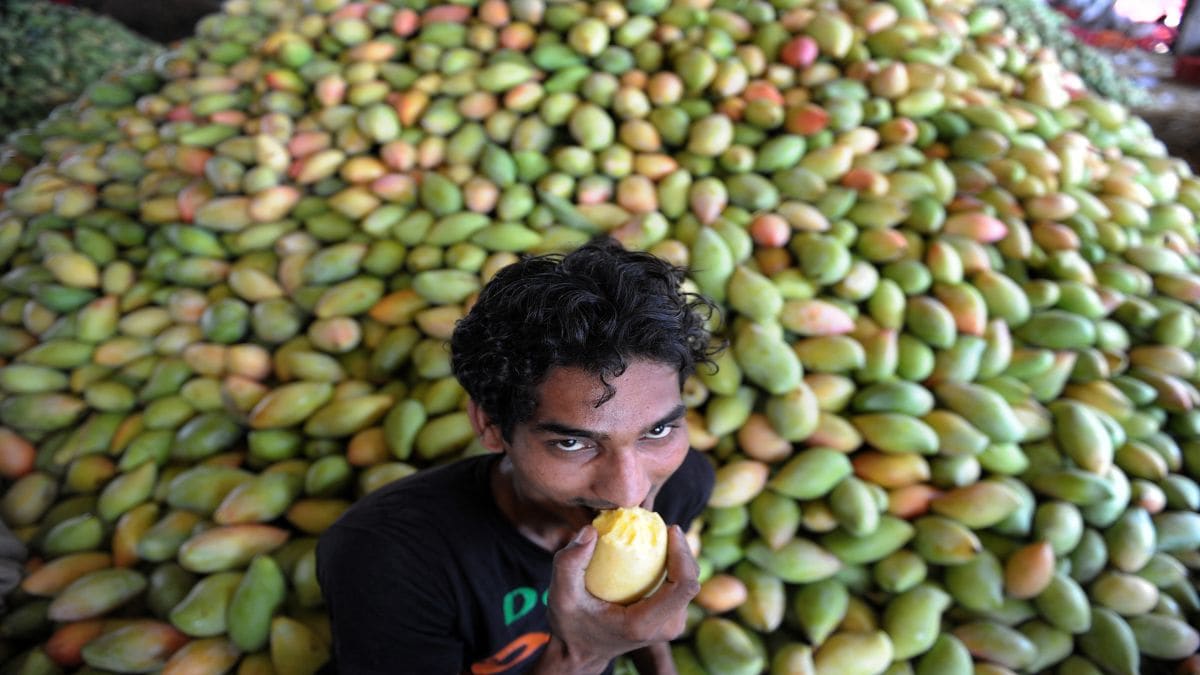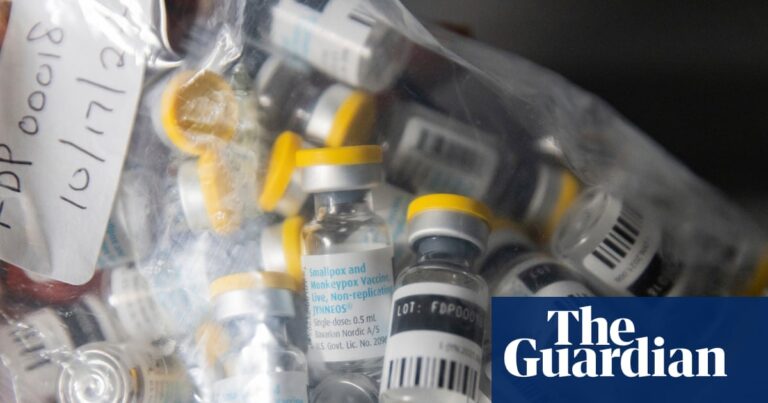This isn’t any aam news. A row has broken out between American officials and Indian exporters all over a fruit — mangoes. In fact, the row has emerged after Indian exporters incurred losses of $500,000 (Rs 4.28 crore).
But what exactly is going on. We examine this not so-aam situation and get you the answers.
US rejects Indian mangoes
The entire row stems from the fact that Washington rejected 15 shipments of the fruit sent by air upon arrival. The fruit was rejected after arriving at airports in Los Angeles, San Francisco, and Atlanta. The shipment had undergone irradiation in Mumbai on May 8 and 9.
But what exactly is irradiation? And why is it important? Irradiation is the process where a fruit is exposed to regulated radiation dosages to eradicate pests and increase its shelf life. Mangoes are exported to the US under the Cooperative Service Agreement between Agricultural and Processing Products Export Development Authority (APEDA) and the United States Department of Agriculture Animal and Plant Health Inspection Service (APHIS).
As per the plan, mangoes are procured from farms across the country and then graded and sorted at APEDA packhouses. This is followed by a fungicidal treatment of hot water and finally irradiated at USDA-approved irradiation facilities.
So, what led to the US rejecting the mangoes? According to the exporters, the shipment of fruit was rejected owing to errors in the documentation process. The American officials pointed out inconsistencies in the documentation related to the irradiation process. They noted that there were multiple inconsistences with the PPQ203 form — a document that is a must to export mangoes to the US.
What’s important to note here is that the PPQ203 form is certified by a United States Department of Agriculture (USDA) inspector. As one exporter told the Economic Times, “We are being penalised for mistakes made at the irradiation facility.”
Another exporter, whose shipment was initially held at Los Angeles airport told the Indian newspaper that the consignment did not meet the “entry requirement” — specifically, the mandated irradiation treatment. He, however, refuted the claim, stating that the irradiation process was indeed completed and that the PPQ203 form was issued only after the procedure. “How can we receive the form if the treatment was never done? And without that form, issued by none other than the USDA officer, the mangoes couldn’t even have been cleared for loading at Mumbai airport,” he said.
When asked about the affected mango shipments and the documentation errors, the office of the Chairman of APEDA responded, “This issue pertains to a USDA-approved centre operated by the Maharashtra State Agricultural Marketing Board (MSAMB) at Vashi, Mumbai. Hence, a clarification must be sought from them.”
Following this, the MSAMB, a government organisation operating an irradiation facility in Mumbai, was quoted as telling Times of India, “Instead of discussing the matter with relevant agencies or notifying the facility beforehand, they (the inspectors) directly reported the alleged issues to their senior offices in the US, resulting in the rejection in the 15 consignments.”
Indian mango exporters pay a heavy price
As the mangoes arrived in Los Angeles, San Francisco, and Atlanta, American officials rejected the consignments citing errors in documentation.
The officials ordered that the mangoes either be shipped back to India or be destroyed. However, given the perishable nature of mangoes and high return transport costs, exporters opted to destroy the fruit, incurring an estimated loss of $500,000 (Rs 4.28 crore).
Interestingly, the news of this comes as India and US are working toward finalising a trade deal soon.
India’s mango exports
India is world’s largest producer of mangoes, growing more than 1,000 distinct varieties. It contributes a staggering 43 per cent of global mango production. Additionally, India is also a huge mango exporter. In the year 2023-24, the country exported 32,104.09 metric tonnes of the fruit across the world, earning $60.14 million.
Currently, India currently exports mangoes to 48 countries, with the United Arab Emirates (31 per cent) and the USA (23 per cent) emerging as the top importers during April-February 2024-25. India’s mangoes are also finding a space in new markets such as Iran, Czech Republic, Nigeria and South Africa.
Of the countries that India exports mangoes to, the United States is a huge market. In fact, data reveals that India’s mango exports have shown steady growth since 2007 when 157 tonnes were exported to the US. The numbers climbed consistently, with 1,150 tonnes exported by 2017, 2,500 tonnes in 2023.
Moreover figures show that value of Indian mango exports to the United States has grown — from $4.36 million in 2022-2023 to $10 million last year.
But India’s mango trade with the US hasn’t always been a sweet ride. From 1989 until the mid-2000s, Indian mangoes were officially barred from the US due to American officials’ concerns that pests like fruit flies could threaten US agriculture.
However, this impasse was broken by former US President George W Bush. In March 2006, during a visit to New Delhi focused on the landmark civil nuclear cooperation pact, Bush had a simpler personal request: to taste India’s famed Alphonso mango. He did, and reportedly pronounced it a “hell of a fruit.”
Soon after, Bush and India’s Manmohan Singh reached what commentators dubbed a “nuclear mango deal,” finally granting American market access to India’s mangoes.
The rest as they say is history — or in this case, mango history!
With inputs from agencies









